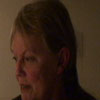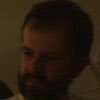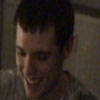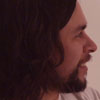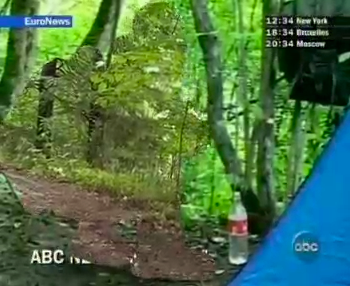»Internet art, net art, and networked art in relation.« A collection of conversations and interviews (with: Isabelle Arvers, Marc Garrett, Benjamin Weil, Charlie Gere, Christiane Paul, Cory Arcangel, Jemima Rellie, Sara Tucker , Jon Ippolito and Dirk De Wit) gathered between February 2006 and April 2007 as part of an investigation into the relation between Internet art and the traditional institutions for contemporary art in the North American and Western European regions. By Karen Annemie Verschooren.
Cage: That’s how I invented the prepared piano.
Montague: On the moon?
John Cage interviewed by Stephen Montague (Summer 1985).

»Webchat with Andy« (2007) by Oliver Laric shows an interview with Andy Warhol, contacted through a psychic with mediumistic abilities via webchat.
Lorna Mills asks Jennifer McMackon 10 questions:
#1 – Have you ever been to the site, VVORK?
#2 – What do you think is going on there?
#3 – How do you think the creators of that site find that range of work?
#4 – What happens to a piece of art when it is extracted from the context of an artists’ full body of work?
#5 – Who are the artists who you know of through only one work?
#6 – What’s the effect of seeing clusters of different artists from all over the world “mining similar territory”?
#7 – What’s the effect of seeing an ever growing archive of contemporary art works without an accompanying layer of critical text?
#8 – If VVORK posts several images daily for the next 10 years, do you still think that certain types of work will never be visible on that site?
#9 – Without a statement of curatorial intent, does selection (inclusion and exclusion) imply a value judgement? Does it have to?
#10 – Why do you think VVORK does it?
« Vorherige Seite — Nächste Seite »
